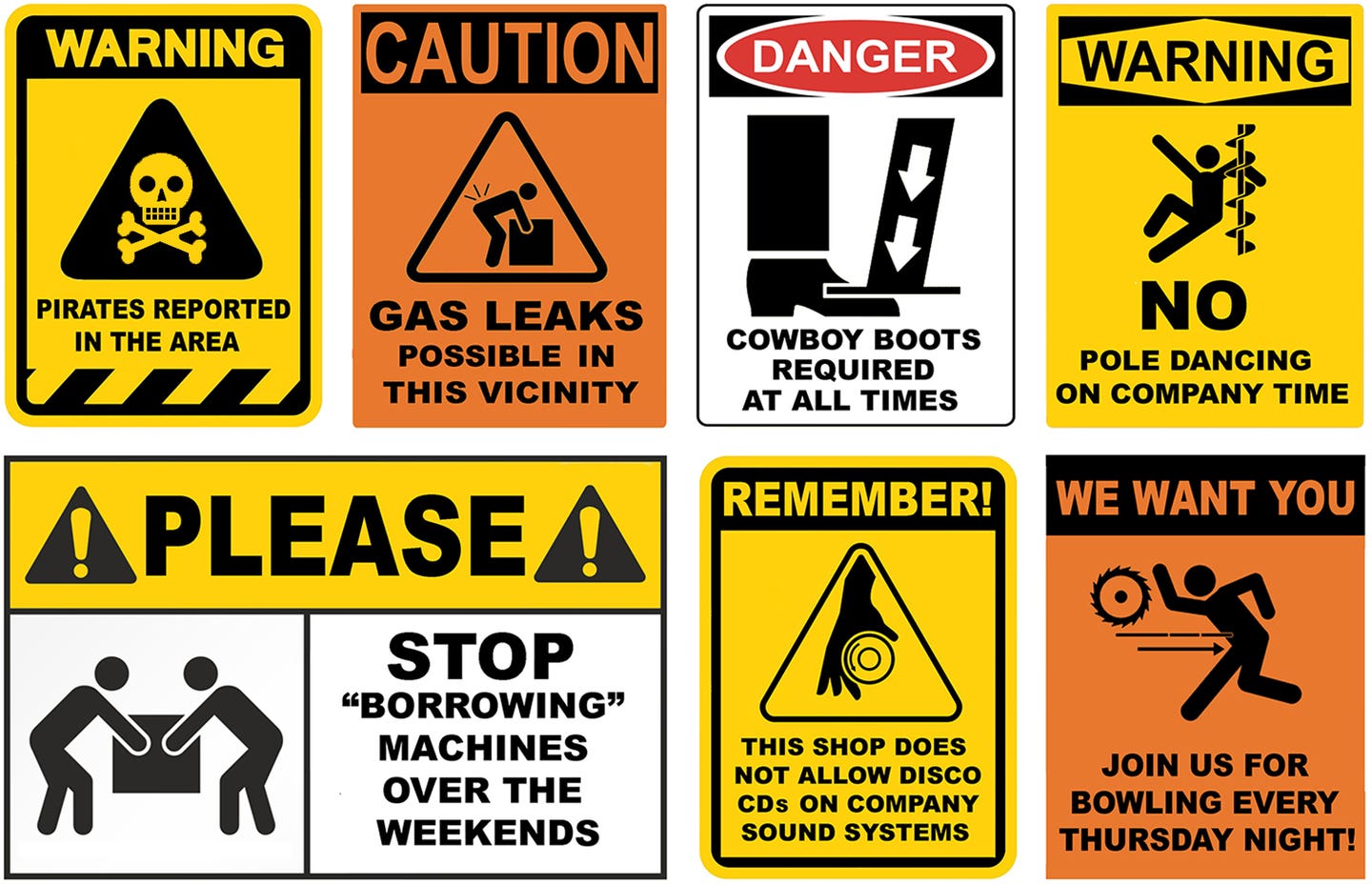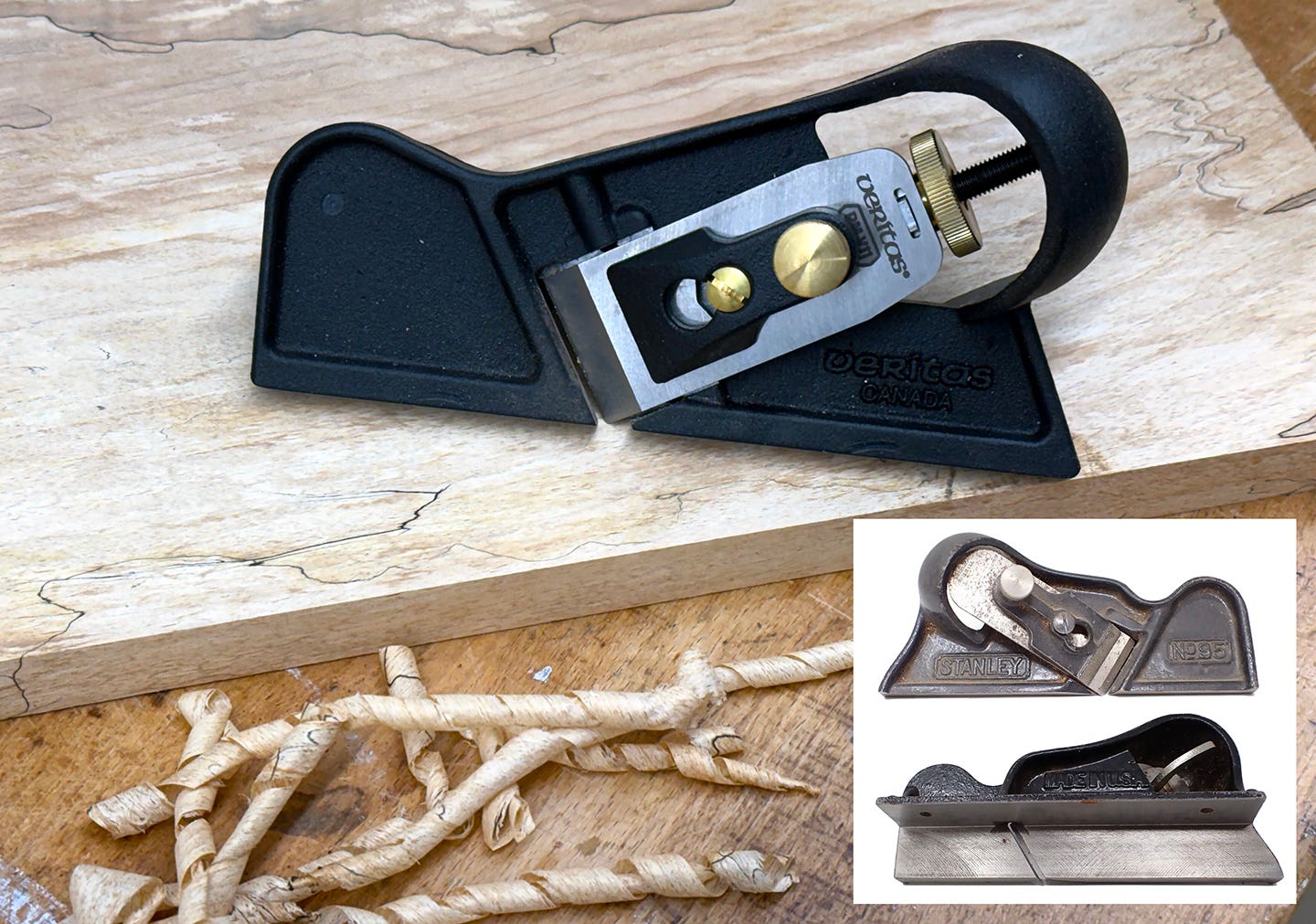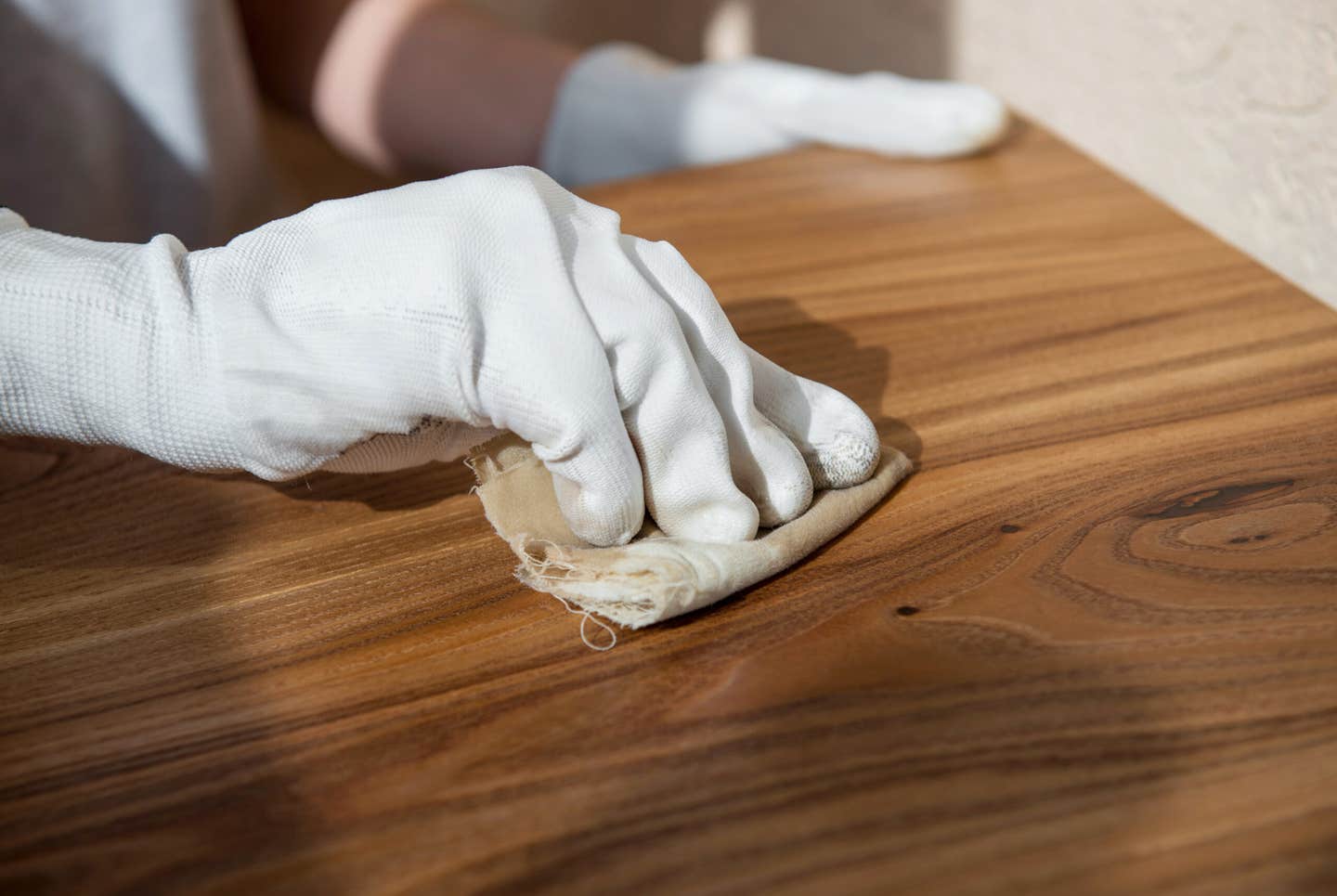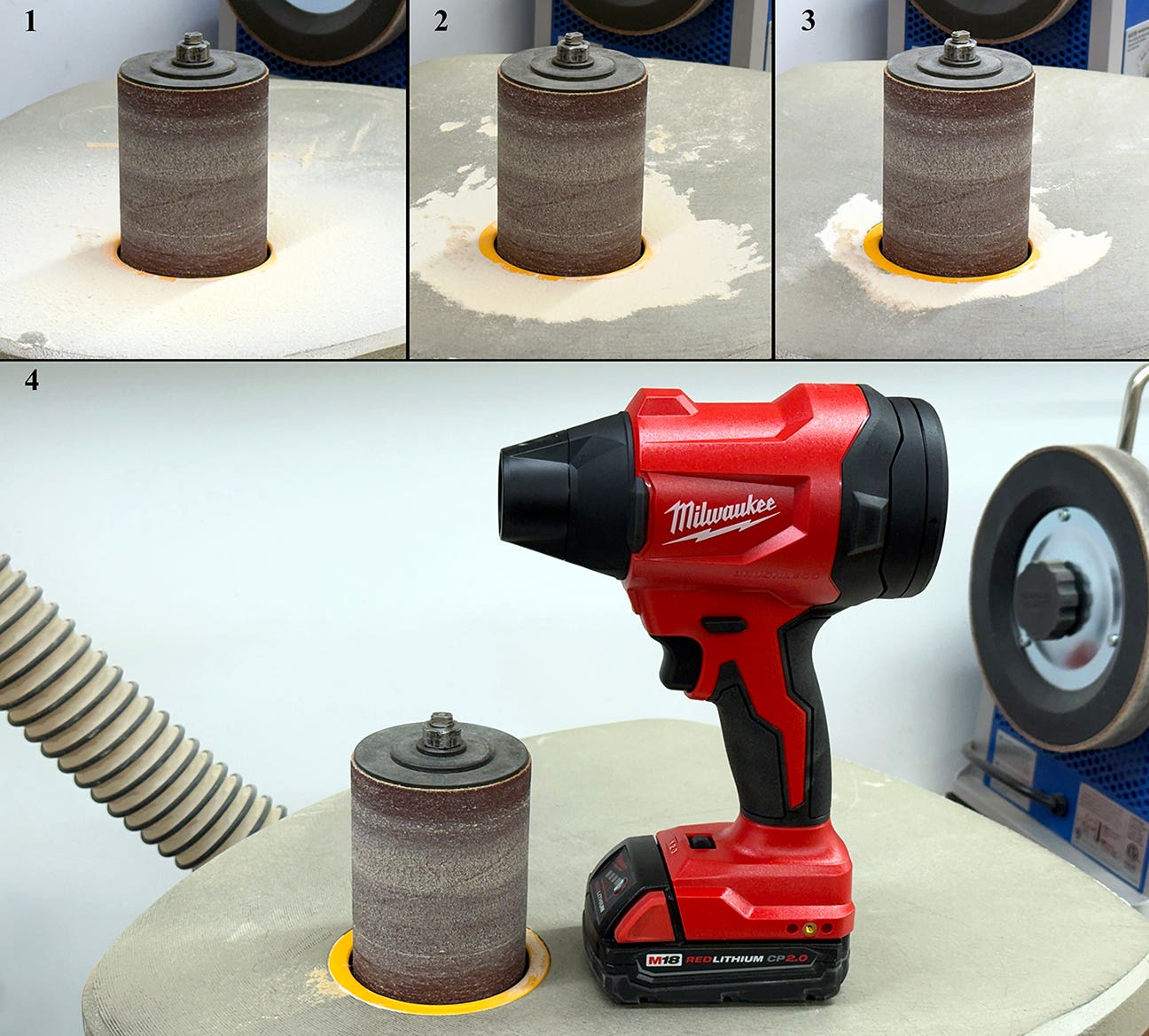Small tool, big wind
This handy little tool is like an air compressor in your pocket. I love finding new tools, or even tools that have been around a while that I’ve just learned…
This handy little tool is like an air compressor in your pocket.
I love finding new tools, or even tools that have been around a while that I’ve just learned about. Not sure what I was actually looking for when I came across them online, but I was intrigued immediately.
There’s a huge variety of them and they go by a couple different names, but usually some form of “air duster,” often with the word “turbo” thrown in. The name is perfect. Basically, they’re just handheld fans that look like little hairdryers. And, like hairdryers, they blow a stream of air. That’s where the similarity ends.
The specs on these dusters are eye-catching. Depending on brand and model, they boast RPMs of 100,000 to 300,000. Mindboggling numbers, but largely meaningless — spinning specs don’t equal air power. Other specs do, though.
Various models put out air ranging from 75-200 mph, with air volumes typically from 20-100 cfm. That’s a lot of air in the palm of your hand. The one I got in the photo above has three speed/cfm settings (as do most of the others), and tops out at 185 mph/70 cfm. It weighs about 10 ounces and has a rechargeable 6,000 mAh battery.
Prices on these go from around $30 up to over a hundred but do yourself a favor and avoid the cheap ones. They’re not very powerful, have inferior batteries, and online reviews indicate they break easily.
This thing is great for every dust-elimination purpose my air compressor once did, like quick-cleaning work areas, removing sanding dust, general shop cleaning, a quick blow-off of my clothes before leaving the shop, you name it. The rechargeable battery lasts a very long time, there’s no hose, and it’s always handy (I keep it in a back pocket). And, since there’s no actual compression, there’s no internal condensation, meaning no moisture in the air output.
An interesting footnote on mine — the two lower speeds can be locked for ease of use, but you must continuously press the button when using the highest setting. I found that inconvenient until I realized the reasoning after taping the button down. Loosen your grip on it, and it will happily go rocketing out of your hand. Note to self: Don’t tape the button down.
A.J. Hamler is the former editor of Woodshop News and Woodcraft Magazine. He's currently a freelance woodworking writer/editor, which is another way of stating self-employed. When he's not writing or in the shop, he enjoys science fiction, gourmet cooking and Civil War reenacting, but not at the same time.







